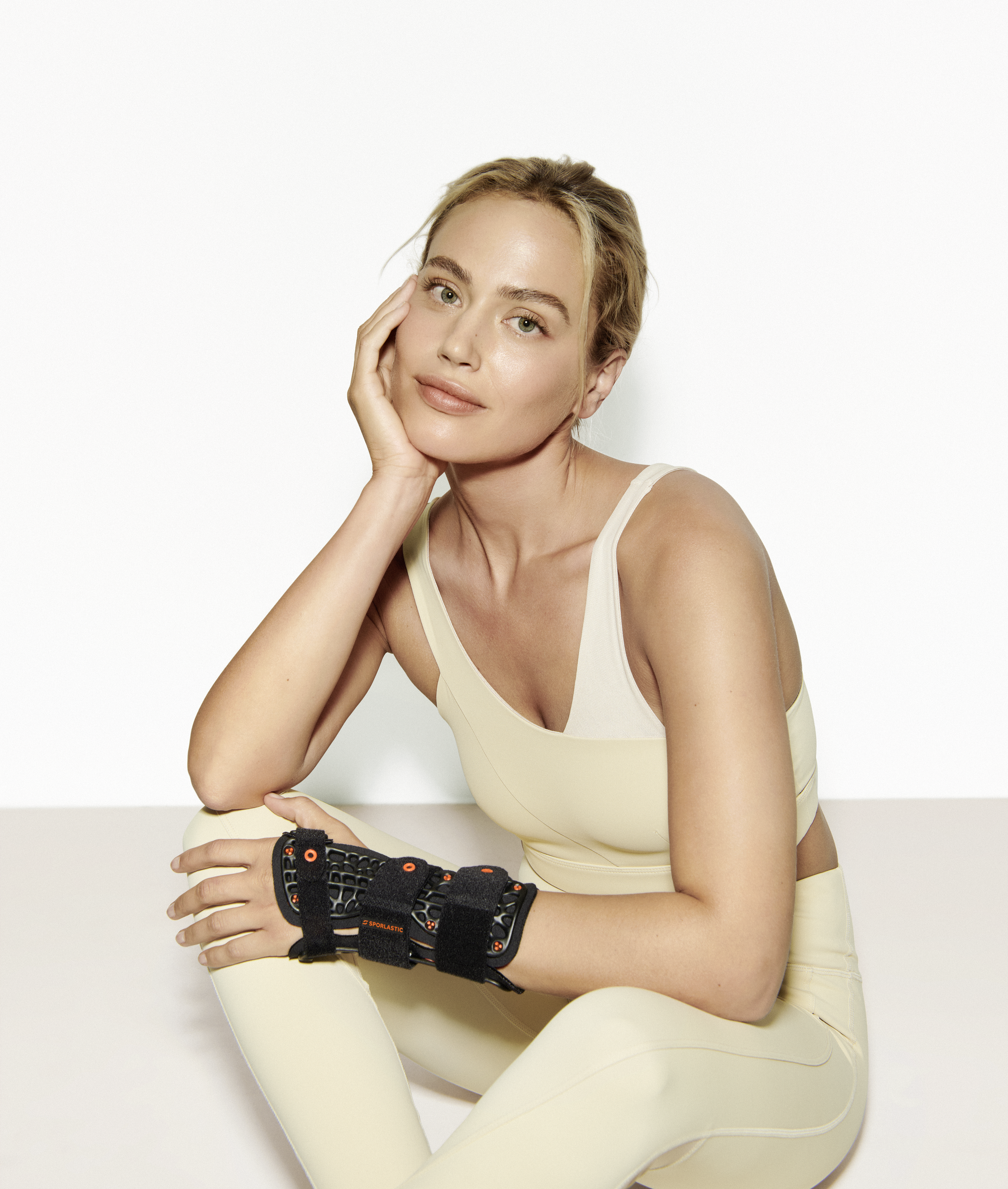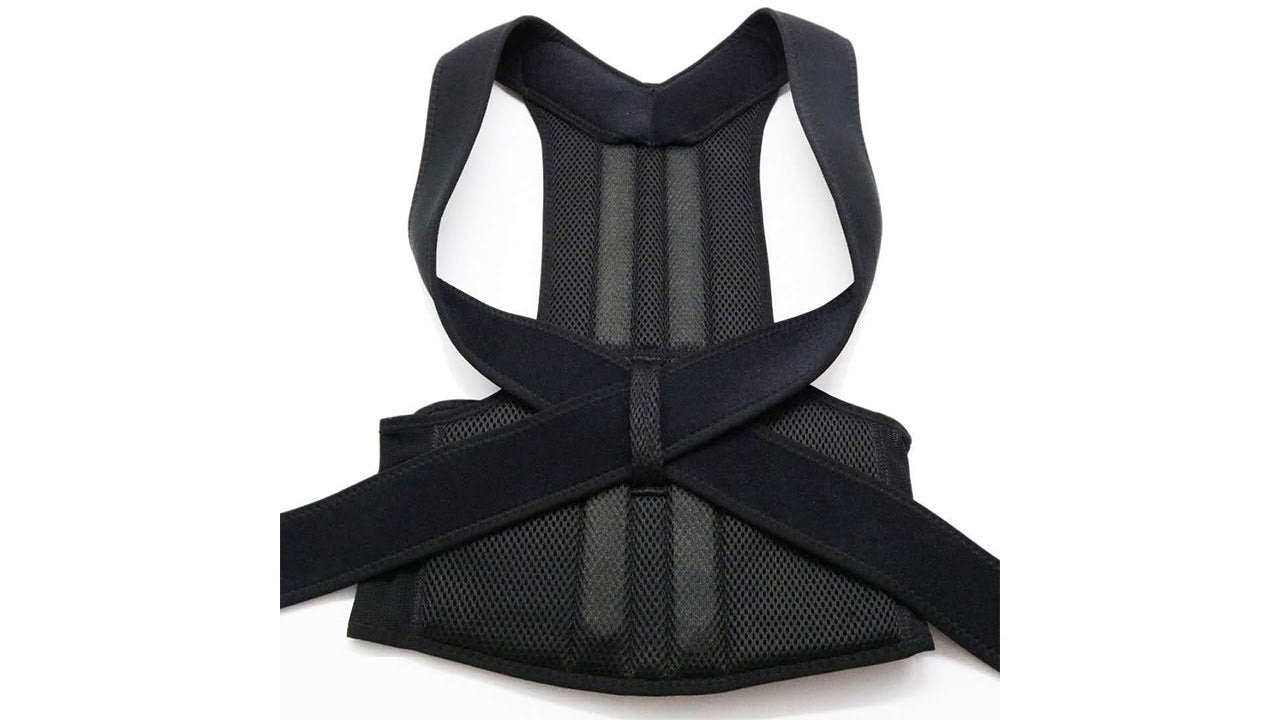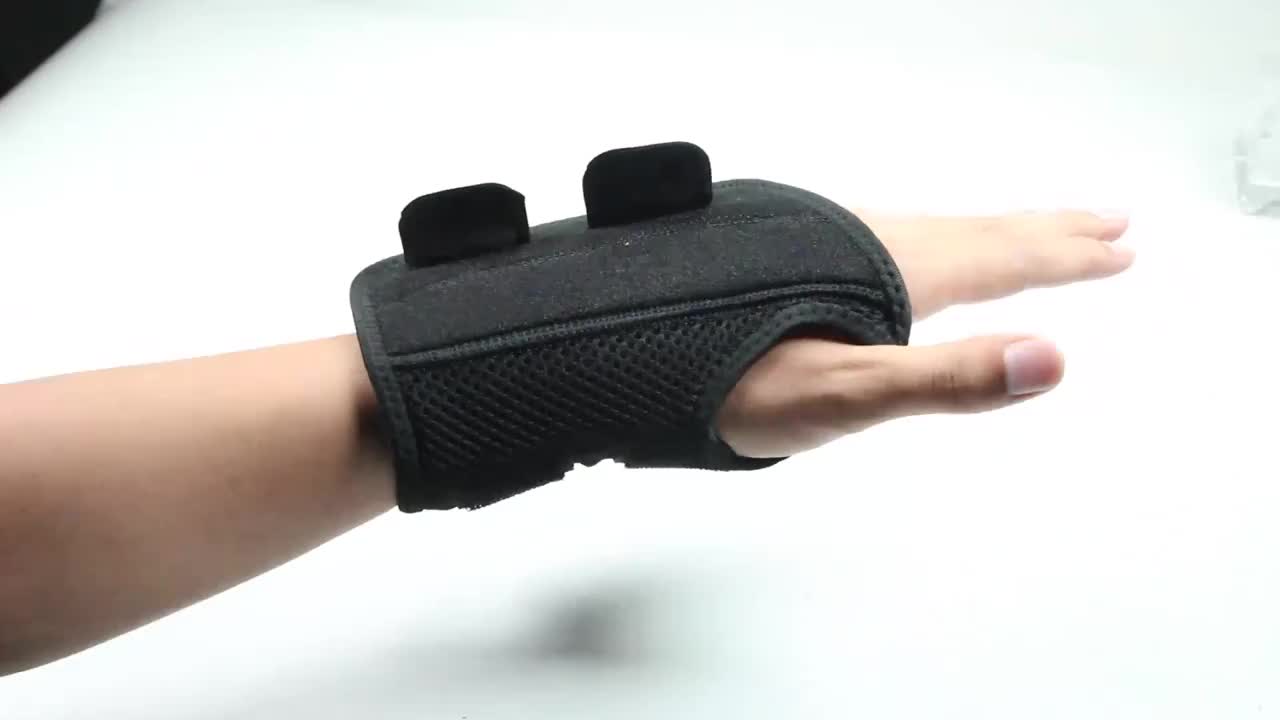The condition of back pain affects tens of millions of individuals because it stems from various causes including posture abnormalities and body injuries as well as enduring activities alongside medical conditions including scoliosis or herniated discs. A back brace represents an effective method to tackle and alleviate back pain. The abundant selection of back braces leads to confusing the choice of appropriate fit. Three essential elements exist that one should think about before purchasing a back brace.
1. Identify the Purpose
You must establish the reason behind needing a back brace as your first step. The purpose for using a back brace requires evaluation for treating lower back pain along with maintaining posture and recovering from injuries and assisting medical conditions. Selecting the right back brace requires knowledge of its main purpose. The selection of posture correctors for upper back support matches perfectly with the need for lumbar braces to treat lower back pain.
2. Seek Medical Advice
Anyone suffering from persistent and severe back pain together with any medical condition should obtain professional advice from a doctor or physical therapist. Professional medical experts will identify the suitable brace for your needs while checking for compatibility with your treatment protocols. Some brace applications might actually result in worse consequences than they were intended to prevent.
3. Select the Right Type
The market offers different types of back braces as follows:
Posture correctors stand as devices that help align both spine and shoulders.
Support belts for the lower back work to reduce both pain and muscle strain.
Rigid or semi-rigid braces for post-surgical recovery or serious injuries.
Select an option which fits your personal requirements and everyday activities.
4. Fit and Comfort
The brace needs to provide a tight fit and should not prevent either breathing or movement. Different size options exist in the market for braces which include adjustable straps to get a personalized fit. It is essential to measure your waist or back based on the sizing information manufacturers provide.
5. Material and Breathability
Choose braces which are made from breathing materials that also weigh less and are suitable for skin health when you need to wear them for more time. Neoprene mesh and cotton blends serve as comfort materials which stop sweating from becoming excessive and blocking off harmful irritants.
6. Ease of Use
The best back brace must be self-manageable without assistance for both application and removal. Regular daily activities should not affect the position or bunching of the back brace since these factors affect both effectiveness and wearer comfort.
7. Support vs. Mobility
Determine your necessary level of support for the product. The strength of the brace should match your recovery needs because corrective braces for minor strains require light support yet injury recovery needs stronger firm support. Check that the brace lets you move freely throughout your day without causing restricted movements.
8. Durability and Maintenance
When you need to use the brace regularly select one with excellent durability as well as easy cleaning capabilities. The washing process differs between items which work with a machine but there are also those which require handwashing. Daily wear should not affect the durability of an effectively designed brace and it must uphold its supportive features.
Final Thoughts
A proper fit of your back brace significantly impacts your comfort together with your recovery time. Your needs and fit alongside correct materials and support level will help you select a brace which provides pain relief in addition to improving your daily activities. Quality outcomes from back brace usage require proper posture together with stretching along with professional medical guidance.





Leave a comment
This site is protected by hCaptcha and the hCaptcha Privacy Policy and Terms of Service apply.